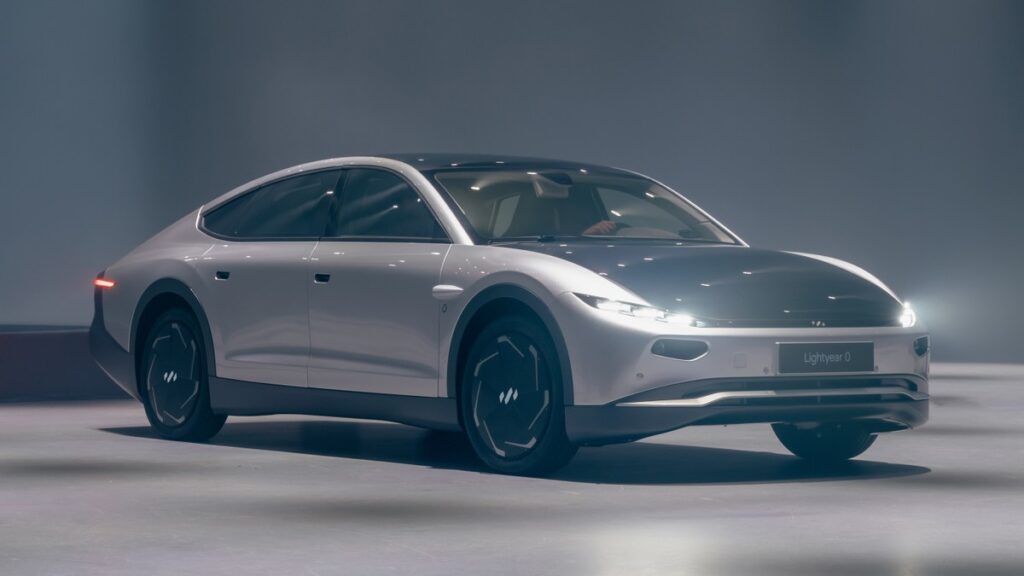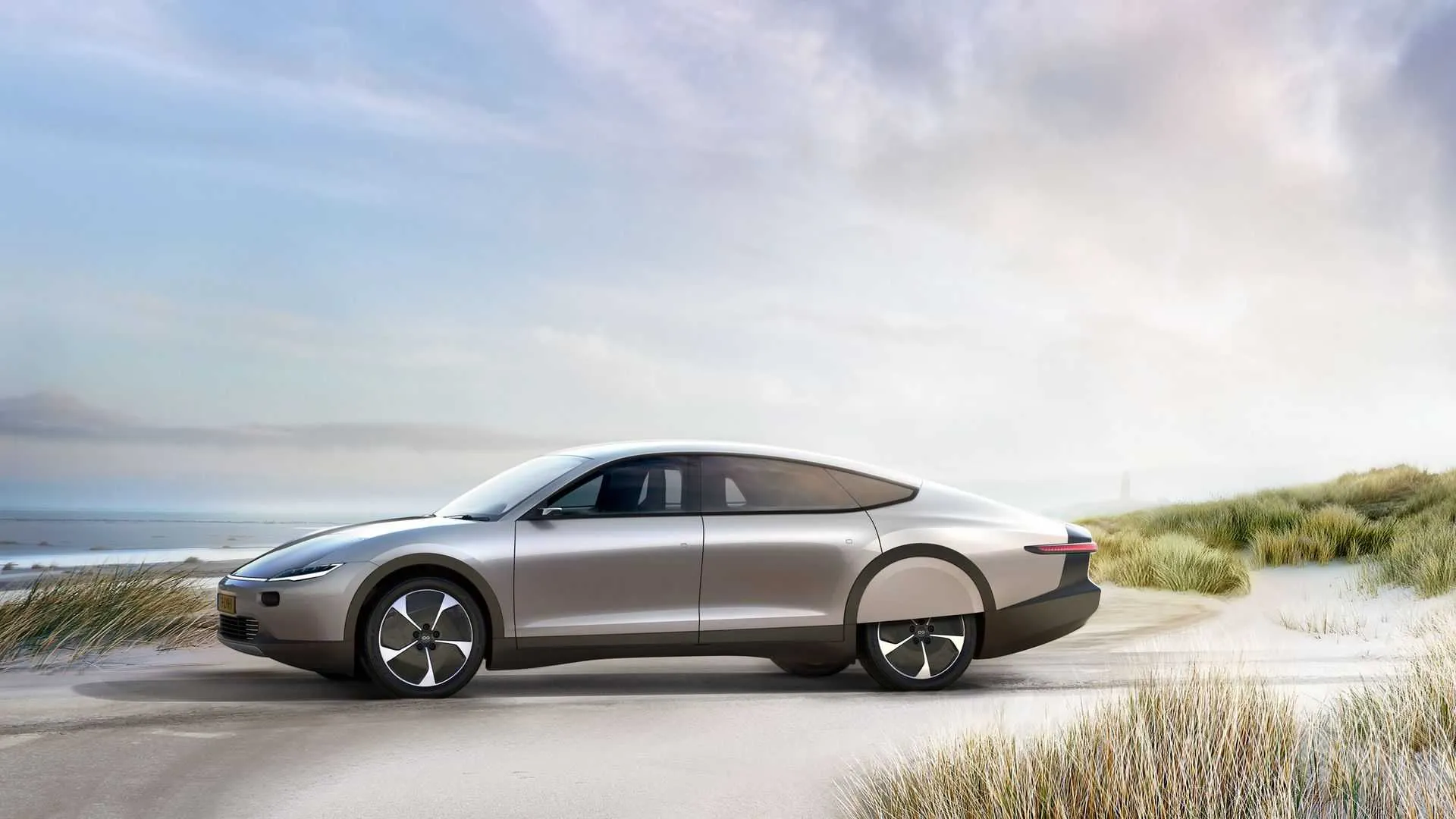After 6 long years of research and development, the Dutch company Lightyear finally enters the most important phase. Its first model, Lightyear 0, officially goes into production.
Among the challenges of electric mobility, you know, there is that of infrastructure: you need dedicated charging points (there are still relatively few) and above all time to charge the batteries.
While there is constant progress in battery technology regarding charging speed, infrastructure growth is slow. Too. And it will always be in relation to the growth in demand, which will be exponential in the coming years.
The founder and CEO of Lightyear, Lex hoefsloot, says buyers of his car will need much less recharging: is he right?

Lightyear 0, more sun and fewer columns
The Lightyear 0 comes with a charging cable that can be connected to any electrical outlet. The car's battery pack is a “modest” 60kWh that promises a range of 463 kilometers (288 miles) on a single charge. Combined with solar charging available via the curved panels covering it, the solar electric vehicle can achieve up to 695 kilometers (432 miles) of range.
Since a driver is unlikely to demand maximum battery power every single day, the panels continue to charge Lightyear 0 every day, gradually “building up” the range. If we assume an average daily commute of around 25-35 kilometers (corresponding to around 1000 kilometers per month), Lightyear 0 will need to be recharged in the socket no more than 6 times in a year.
Production begins (and a new era)
Lightyear partnered with Finland-based Valmet Automotive for its manufacturing needs. And it will be a production that to define as "niche" is an understatement: the factories will produce one car a week, to grow (by how much?) in the first quarter of 2023.
Despite the slow pace, however, the research department continues to work: the successor model of Lightyear 0 nicknamed Two, will have even more autonomy and will cost less.
Meanwhile, the start of production of Lightyear 0, the first solar car, is a big step forward towards clean mobility for everyone, everywhere. And I've been waiting for it for a long time.
With this car, which I hope will soon be "imitated" by many other car manufacturers, the era of solar electric vehicles begins.


